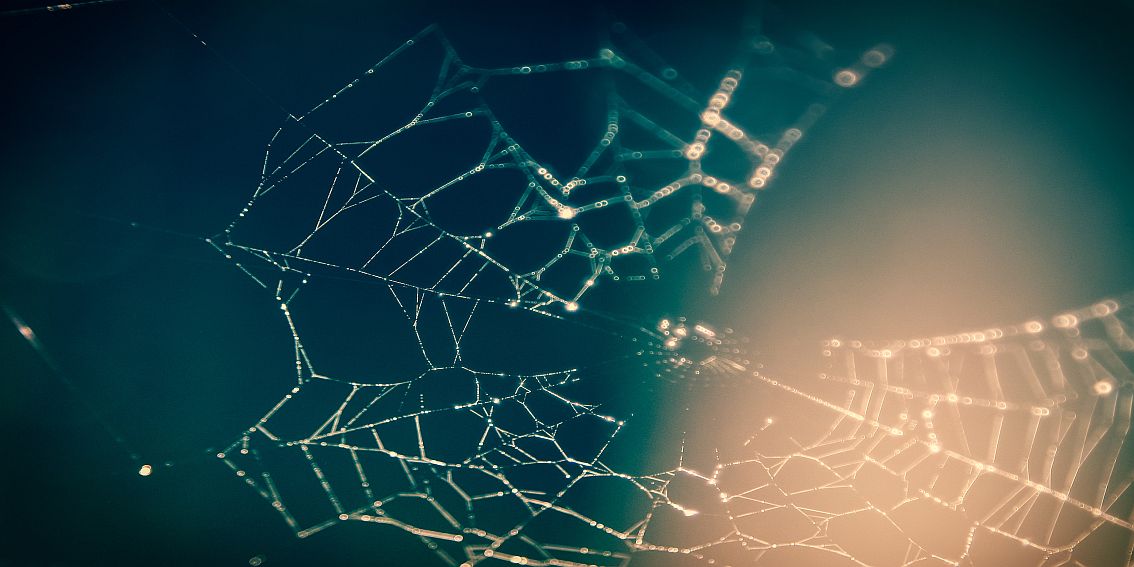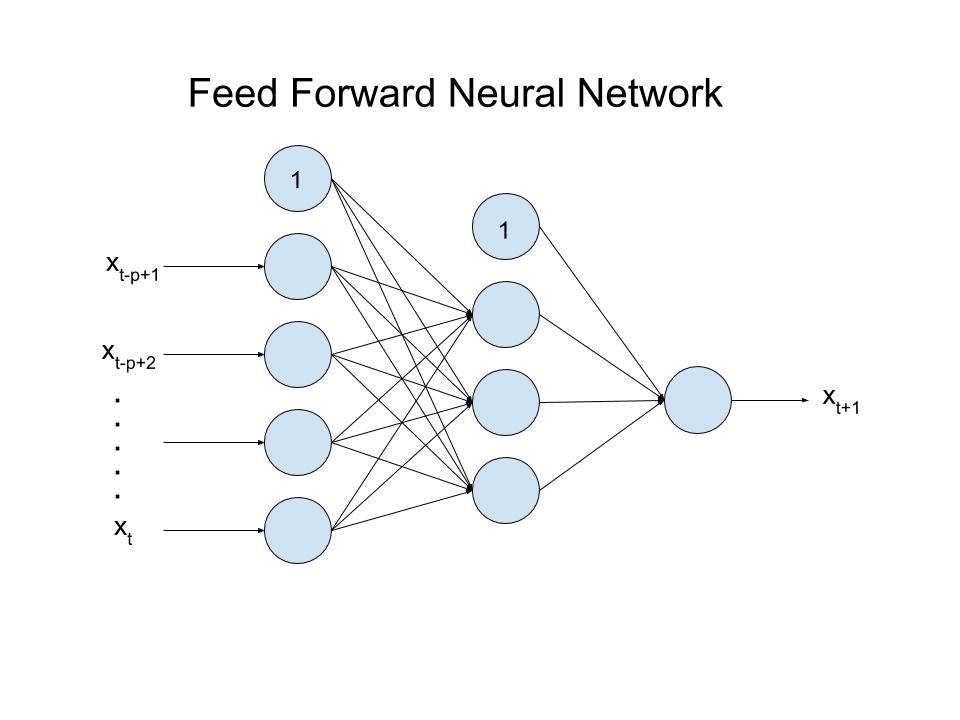
This paper addresses the highly challenging problem of automatically detecting man-made structures especially buildings in very high resolution (VHR) synthetic aperture radar (SAR) images. Results are shown for the ten class database with a forced decision classification as well as with rejection class. For the classification, the spotlight synthetic aperture radar images of the moving and stationary target acquisition and recognition database are used. With these examples presented to the classifier during the training, the system should become invariant against these variations and thus more robust. These methods generate artificial training data by elastic distortion and affine transformations that represent typical examples of image errors, like a changing range scale dependent on the depression angle or an incorrectly estimated aspect angle.

Additional training methods that incorporate prior knowledge to the classifier and further improve its robustness against imaging errors and target variations are also presented. Results show the proposed solution outperformed standard AlexNets on the MGTD, MSTAR extended operating condition (EOC)1, EOC2 and standard operating condition (SOC)10 datasets with a score of 99.13% on the MSTAR SOC10.Ī combination of a convolutional neural network, which belongs to the deep learning research field, and support vector machines is presented as an efficient automatic target recognition system. The proposed Pose‐informed deep network architecture was successfully tested on the Military Ground Target Dataset (MGTD) and the Moving and Stationary Target Acquisition and Recognition (MSTAR) datasets. The networks are trained with translation and SAR‐specific data augmentation. Then, classification is achieved with a CNN specifically trained on targets with similar orientations to the target under test. First, the orientation of the target is determined using a Hough transform and a convolutional neural network (CNN). The classification is achieved in two stages. A new deep learning Pose‐informed architecture solution, that takes into account the impact of target orientation on the SAR image as the scatterers configuration changes, is proposed. ATR can alleviate this burden and deep learning is an attractive solution. However, SAR images can be time consuming to analyse, even for experts. The experiments show the overall successful recognition ratio of 94.5% at an SNR of −2 dB.Synthetic aperture radar (SAR) images for automatic target classification (automatic target recognition (ATR)) have attracted significant interest as they can be acquired day and night under a wide range of weather conditions. Finally, the recognition system is simulated by experimental data. Especially, we propose several key features for the classifier based on Choi–Williams time-frequency distribution (CWD). Specifically, we focus on how the networks are designed, what the best set of features for classification is and what the best classified strategy is. We determine the parameters of the architecture to make networks more effectively. A hybrid classifier is proposed, which includes two relatively independent subsidiary networks, convolutional neural network (CNN) and Elman neural network (ENN). It is one of the most extensive classification systems in the open articles. The system can classify (but not identify) 12 kinds of signals, including binary phase shift keying (BPSK) (barker codes modulated), linear frequency modulation (LFM), Costas codes, Frank code, P1-P4 codesand T1-T4 codeswith a low signal-to-noise ratio (SNR).


In this paper, we explore an automatic radar waveform recognition system to detect, track and locate the low probability of intercept (LPI) radars.

For passive radar detection system, radar waveform recognition is an important research area.


 0 kommentar(er)
0 kommentar(er)
